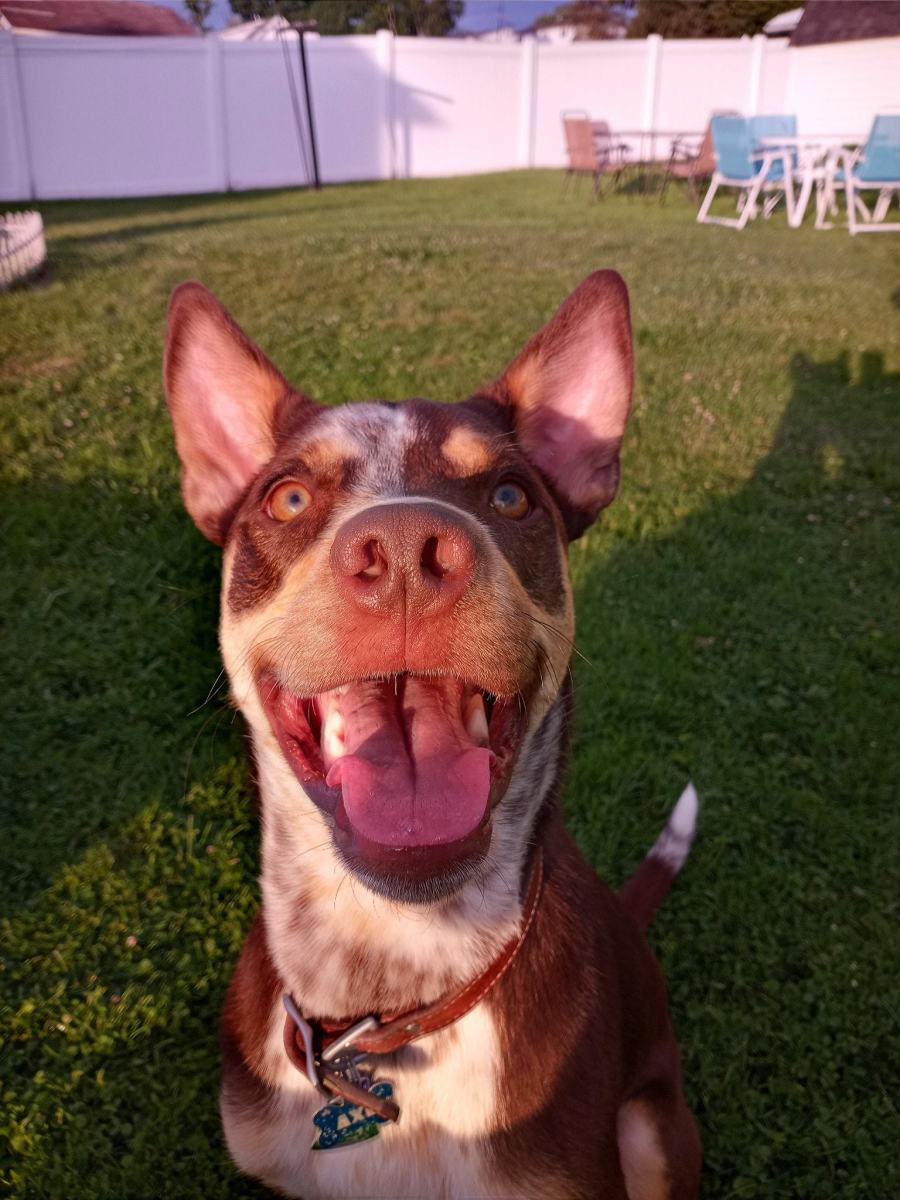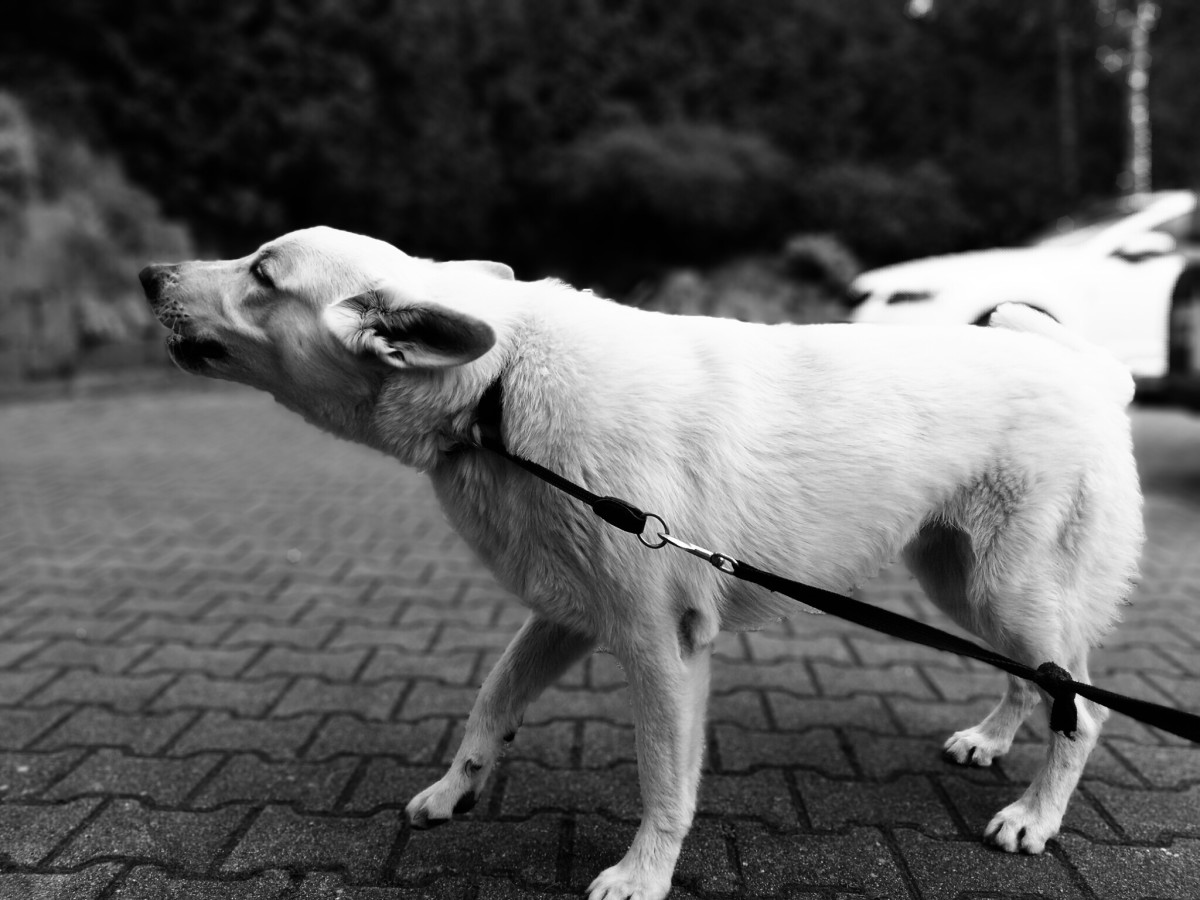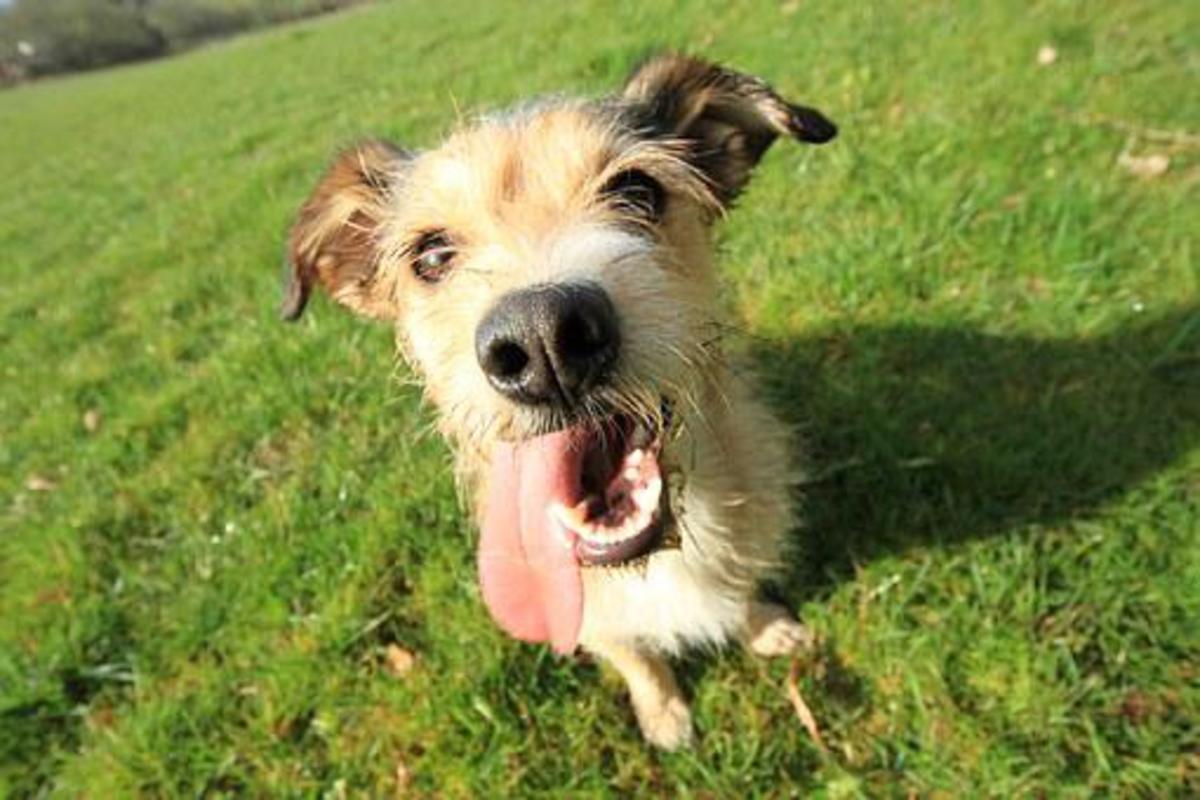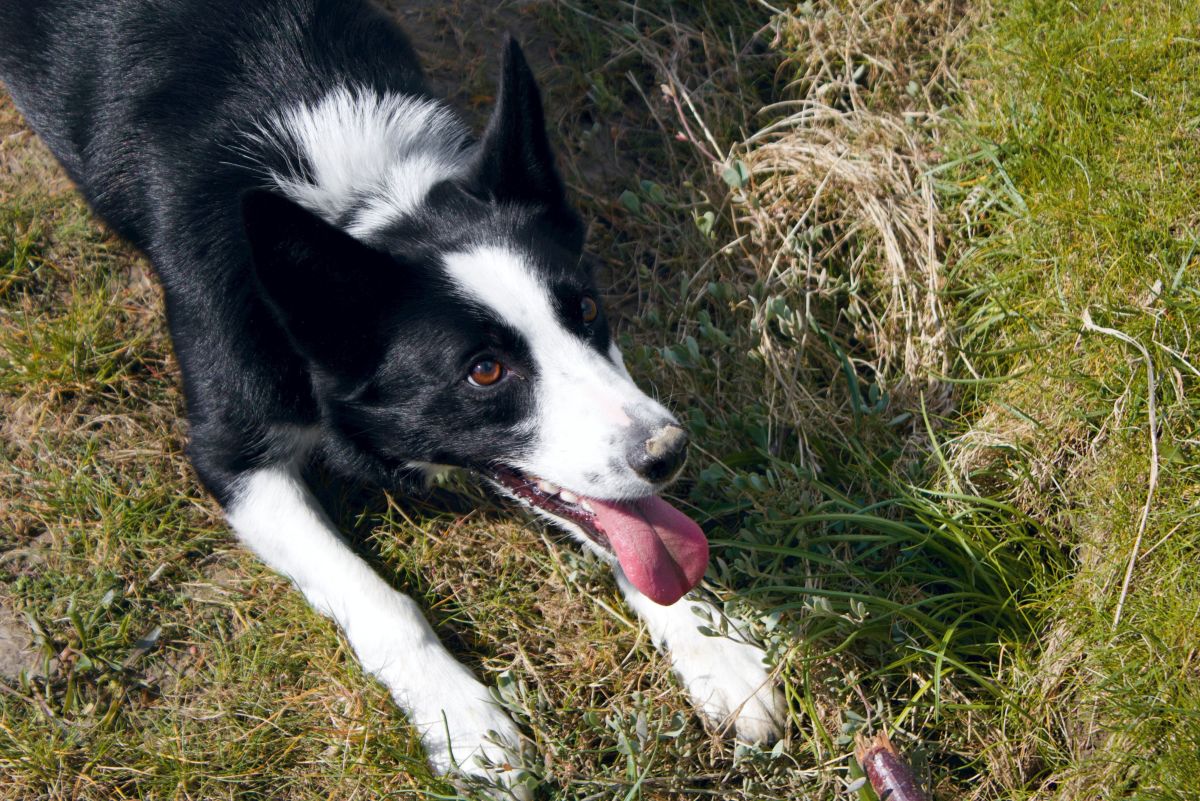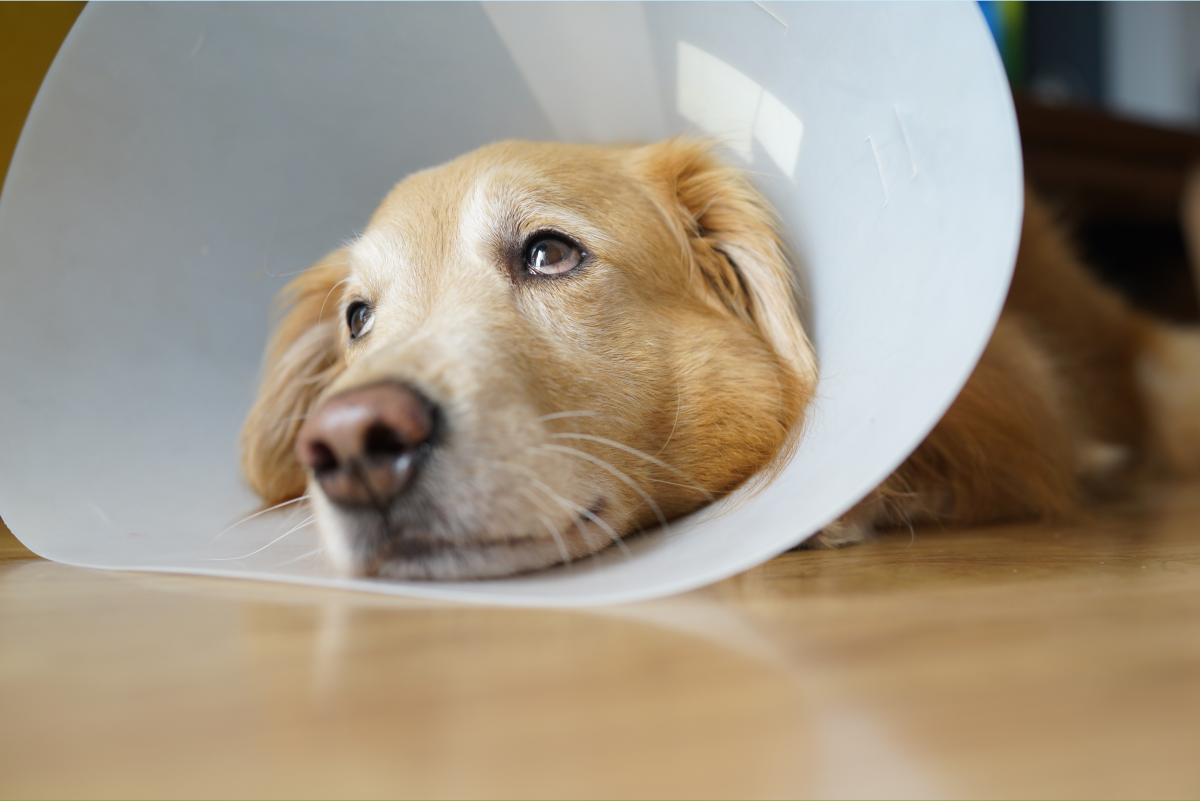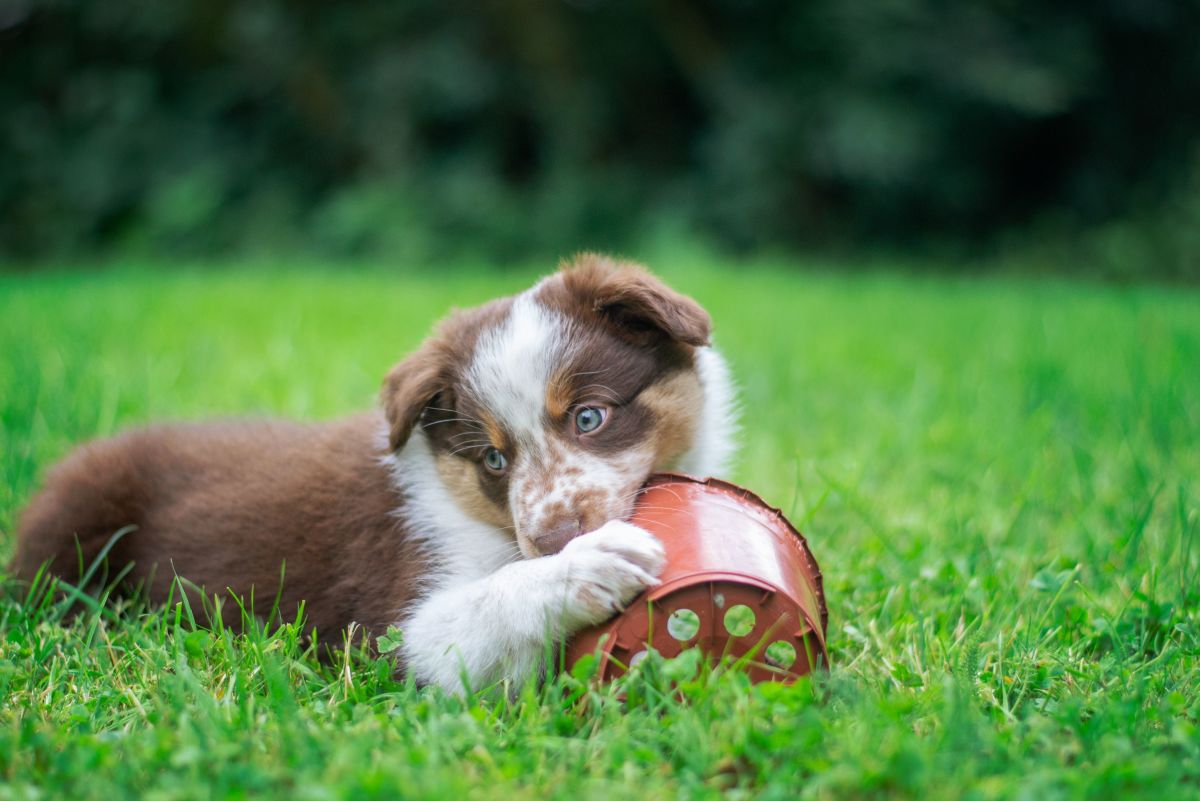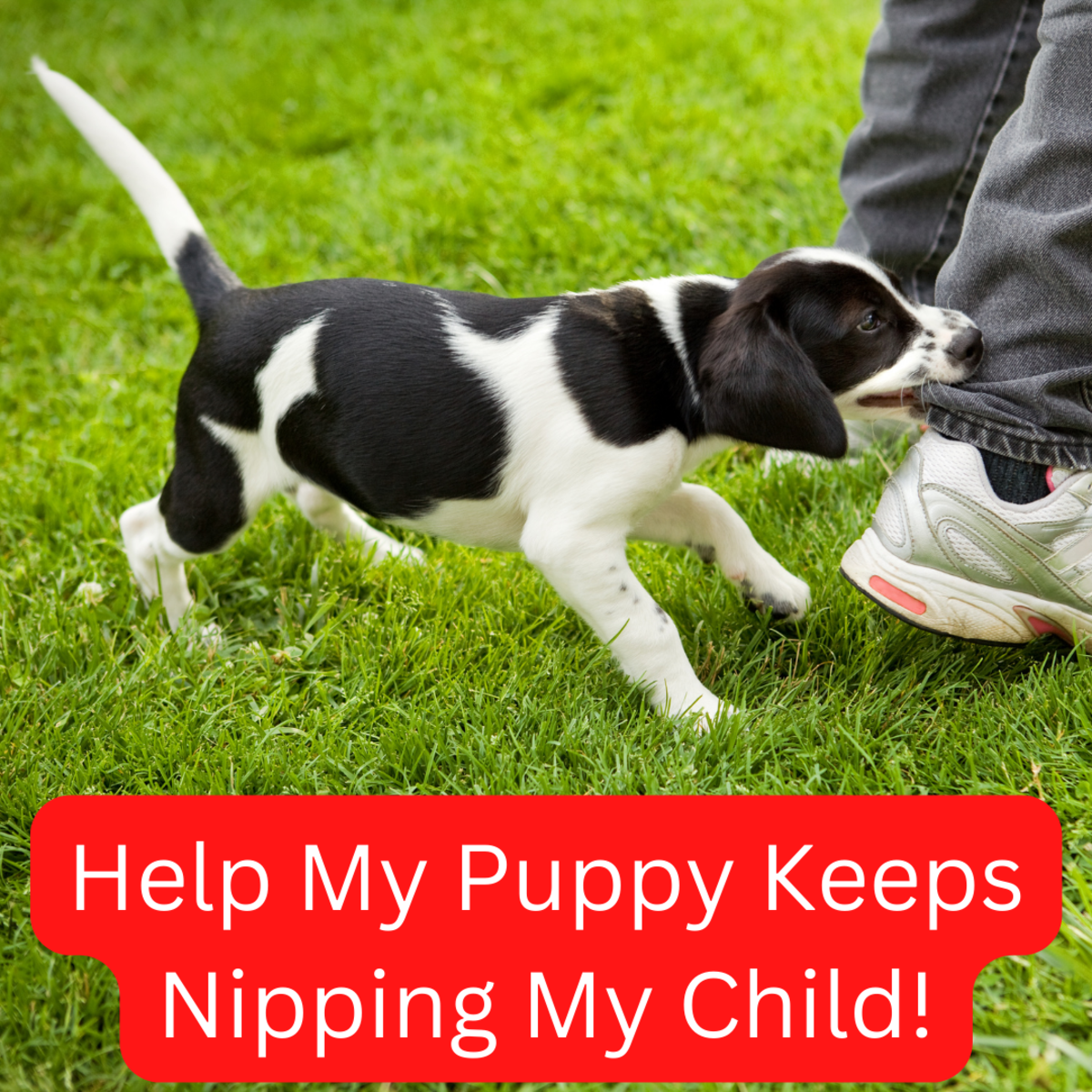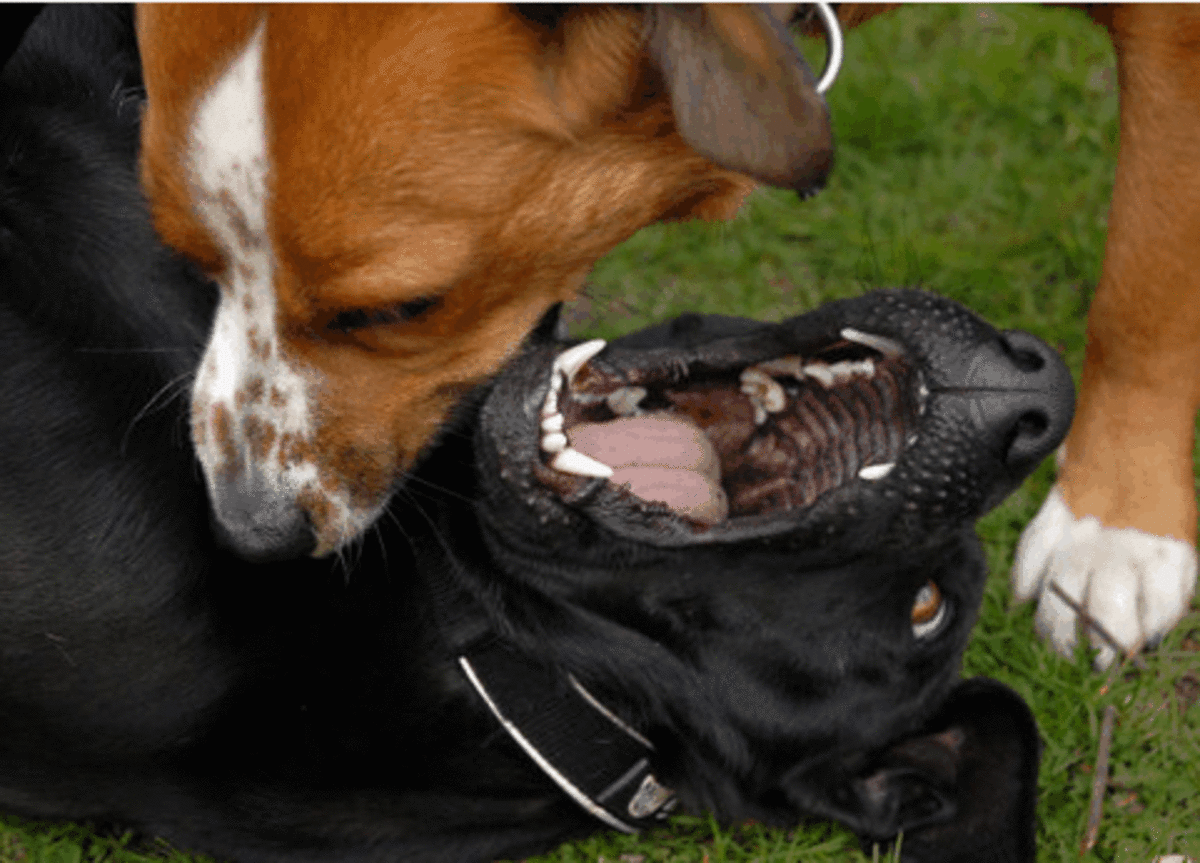5 Tips to Calm Hyperactive Dogs
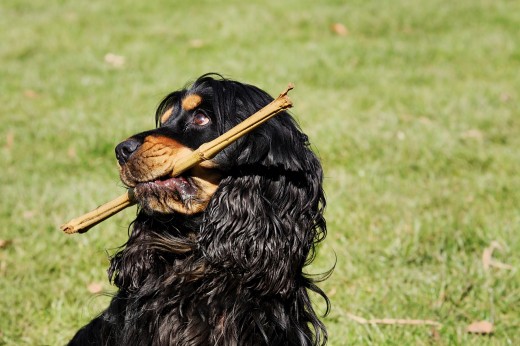
5 Tips to Help Keep Your Dog Calm
So, like just about any other dog owner, you’ve come home to ‘the scene’.
Pillows torn to shreds.
A new leather sofa with more than one scratch mark in it.
A pile of books and newspapers torn to pieces, all over the place.
Your dog, in the middle of the room, looking absolutely certain that it was someone else.
When you have that situation unfolding in front of you, it’s quite easy to get carried away and make a decision that you will later regret.
Before you start packing the bags of your canine to go live in the kennel, though, you could try the following five tips:
- Get Your Dog Outdoors
- Vary Up their Experiences
- Ignore Cries Out for Attention
- Praise their Calmness
- Get Your Dog Used to Waiting
We break these down in more detail just below.
However, these should help to calm down an overactive dog and make them less likely to turn the place into their own personal shredder in the future.
Whether it won’t calm down or keeps chewing everything, try the following tips to calm down an overactive dog.
#1 Get Your Dog Outdoors
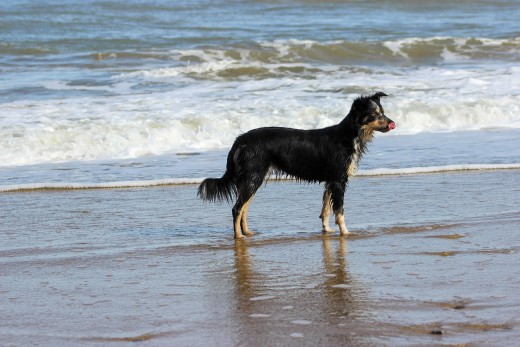
The first and most obvious way to clamp down on that energy is to make sure your dog can use up its energy.
If you usually go for a 20-30-minute walk, up the ante a bit and take it for a 45-minute session instead.
Take it for a longer walk, and bring a few toys.
Try to keep their mind as active as possible. Play some games along the way.
Make sure to find your dog some steep ground it runs up and down - and get the stickball launched. Whether they are a hyperactive breed or one that is more relaxed in general - getting them to hit their physical peak is great for their health and to calm them down.
Now watch as your dog burns through its energy reserves much faster now, as a bit of extra exercise above what a dog is used to will help to calm it down.
Just make sure that you do it in a safe way.
Remember as much as they need physical exertion you need to keep them mentally occupied too.
#2 Vary Up the Dog Walking Experience
Another way to make the workout a bit more fun for the dog is to make sure that it can feel nice and varied. If your dog feels like you just keep doing the same stuff, it can lose a bit of enthusiasm.
So what are some of the things you can do?
- Take your dog a new walking route - this will keep your dog occupied mentally as it is getting to experience new smells, sounds, and sights that it's not used to.
- Walk your dog with a friend - if your dog is sociable and gets along with other dogs, bringing your friend with you on a walk with their dog is a great way to create some extra stimulation.
- Buy a brand new toy for your dog to play with - get it something that can make it more likely to go 100% during a walk or a run.
- Teach Your Dog a Trick - whilst you are out on the walk, bring some treats with you and practice some tricks.
- Create an Obstacle Course - if you have the room, create a little obstacle course for your dog to operate, this is a great way of combining both physical and mental exercise.
If you do this, your dog will use more energy during exercise.
If your dog is bored with the same old stuff, then it might not use up all of its energy as you work together.
Not only is this going to mean it gets less exercise than it should, but it will mean that your dog has more energy to use up later than it should.
This can contribute to some of the hyperactive issues you’re facing.
#3 Ignore the Attention Signs
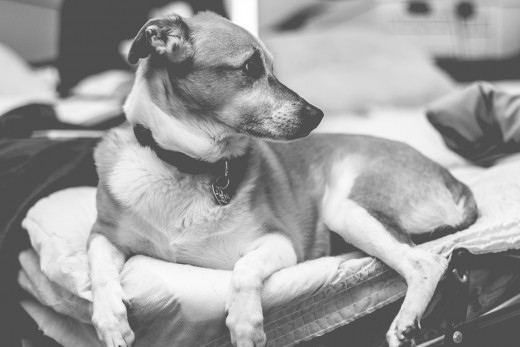
One of the best ways to kill off an excitable dogs attitude to energy usage, though, is to simply ignore the signs that it gives off.
If your dog starts hopping around the place and it will not calm down regardless of what you do, then you should look to condition your dog to act differently.
Dogs often act this way as they want you to give them attention.
So, instead of reacting to your dog going crazy, simply let it learn that this is not how to get your attention.
Dogs don’t care about what kind of attention they get; they just want attention.
So, make sure your dog is rewarded for being calm, and ignored for being too intensive.
If you do this, your dog is going to be much more likely to clamp down on the needless energy wastage.
#4 Make a Point of Praising Calmness
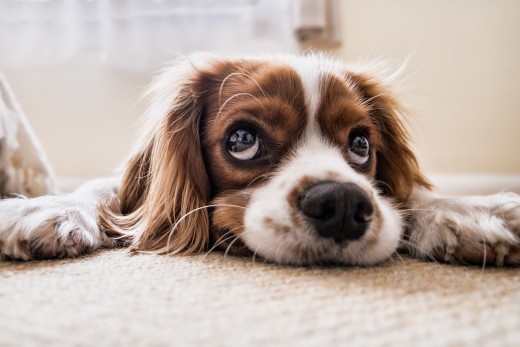
Again, your dog has to be given a reason to actually be calm.
If you give your dog too much attention for going wild, it will just continue.
You can calm it right down, though, if you just start to give it a lot of praise and a fair amount of reward if it behaves in a more serene manner.
This can be hard to get right for a dog owner, we know.
But if you keep at it, and you make a point of really enthusing about your dog getting your attention calmly, it will continue to do so.
A dog can only learn by doing, and it can only make this possible by making a point of seeing how you react to its various movements.
If you let your dog get praised for being nice and relaxed, it will slowly learn that this is what you want.
# 5 Get Your Dog Used to Waiting
The last thing that you need is a dog that cannot contain itself or its impulses.
If you need to calm a dog that will not calm down, look to get involved with some pet training.
For example, taking your pet to a dog training class will help it to become calm when other people enter the room, or for when your dog is waiting for its food.
If you teach your dog that patience will be rewarded, it will learn this most valuable of lessons.
Small things like can often go a long way to turning the mood of your dog around, thus making them far more likely to come back to you if they want something – doing so instead in a calm manner.
Dog’s don’t like being shouted at, but they hate being ignored.
If you get your dog more likely to see that acting out will get it ignored instead of interacting with you (even aggressively), your dog will learn a very, very valuable lesson indeed.
So, what will you do if you wish to get your dog to become more calm and serene instead of aggressive and irritating?
Which Calming Method Will You Try First?
This content is accurate and true to the best of the author’s knowledge and is not meant to substitute for formal and individualized advice from a qualified professional.
© 2019 Harry Sheen

